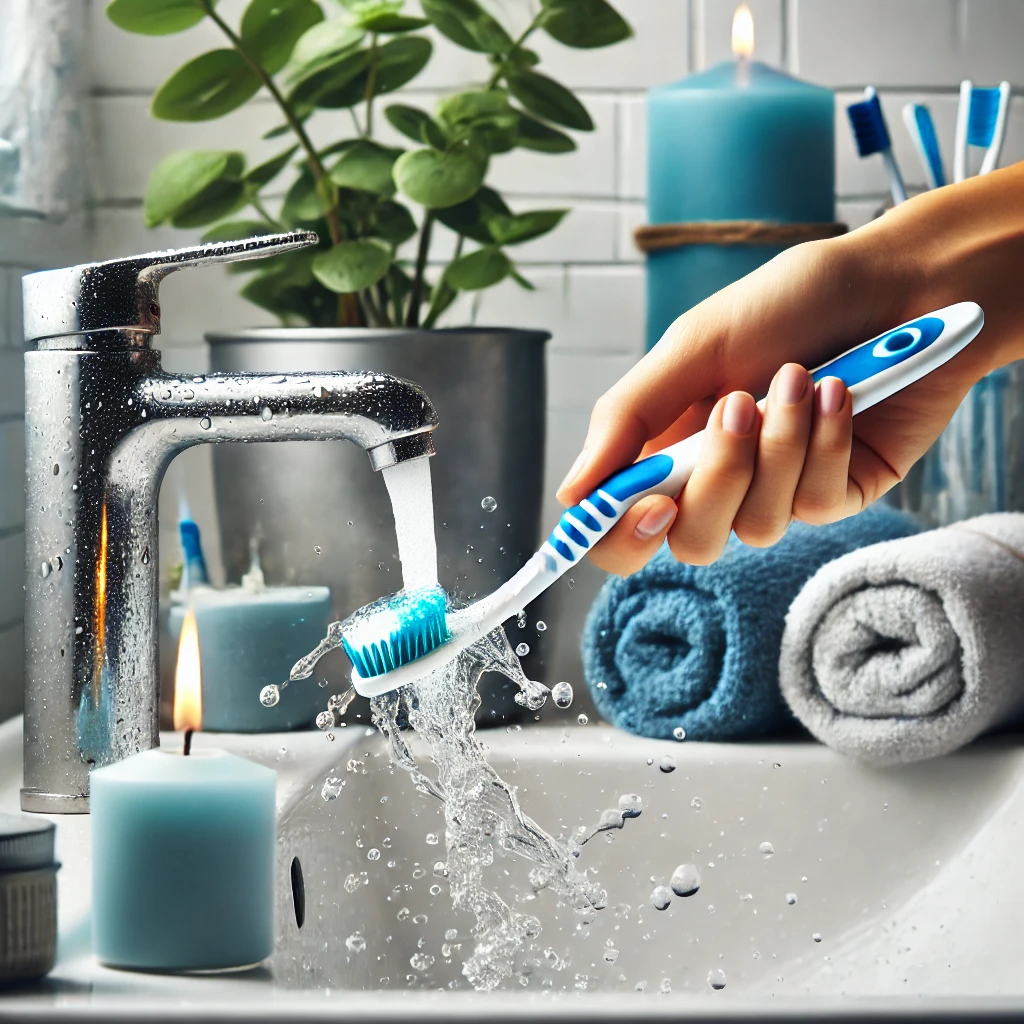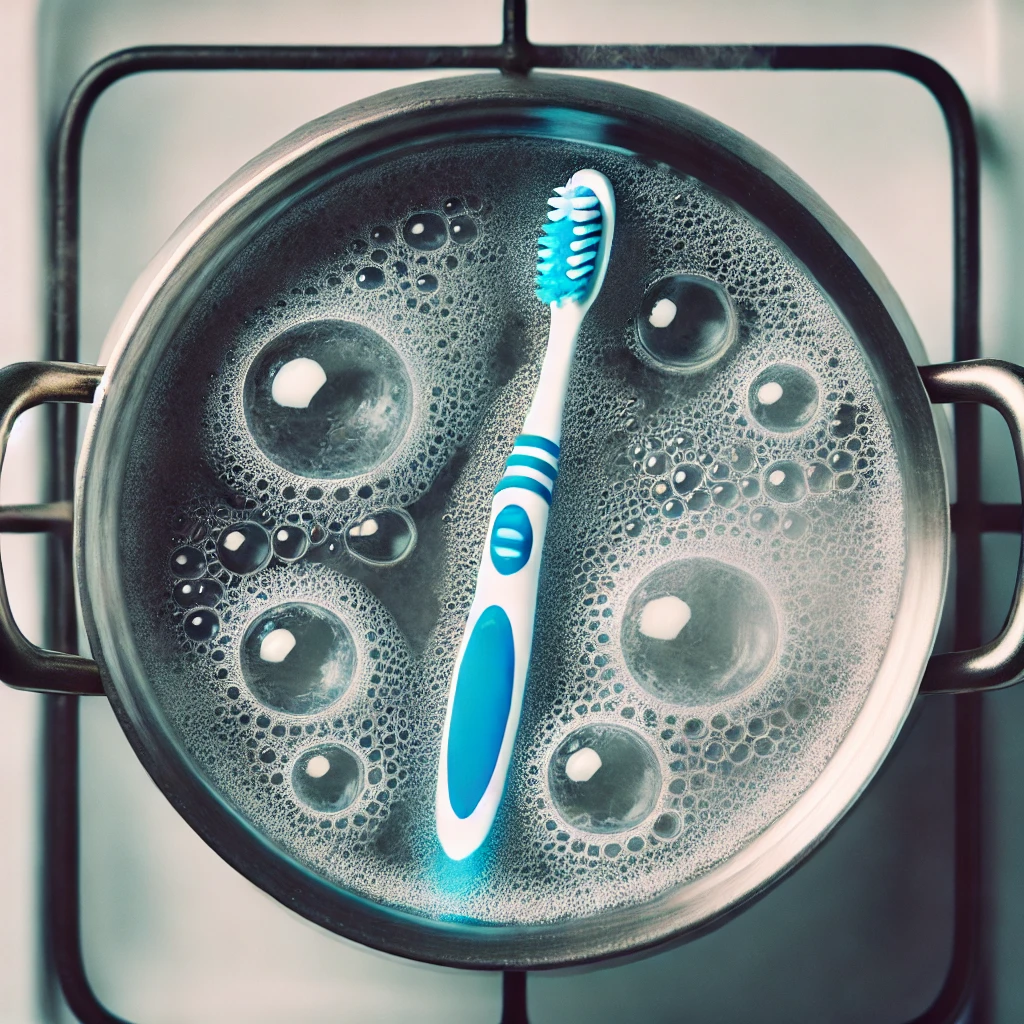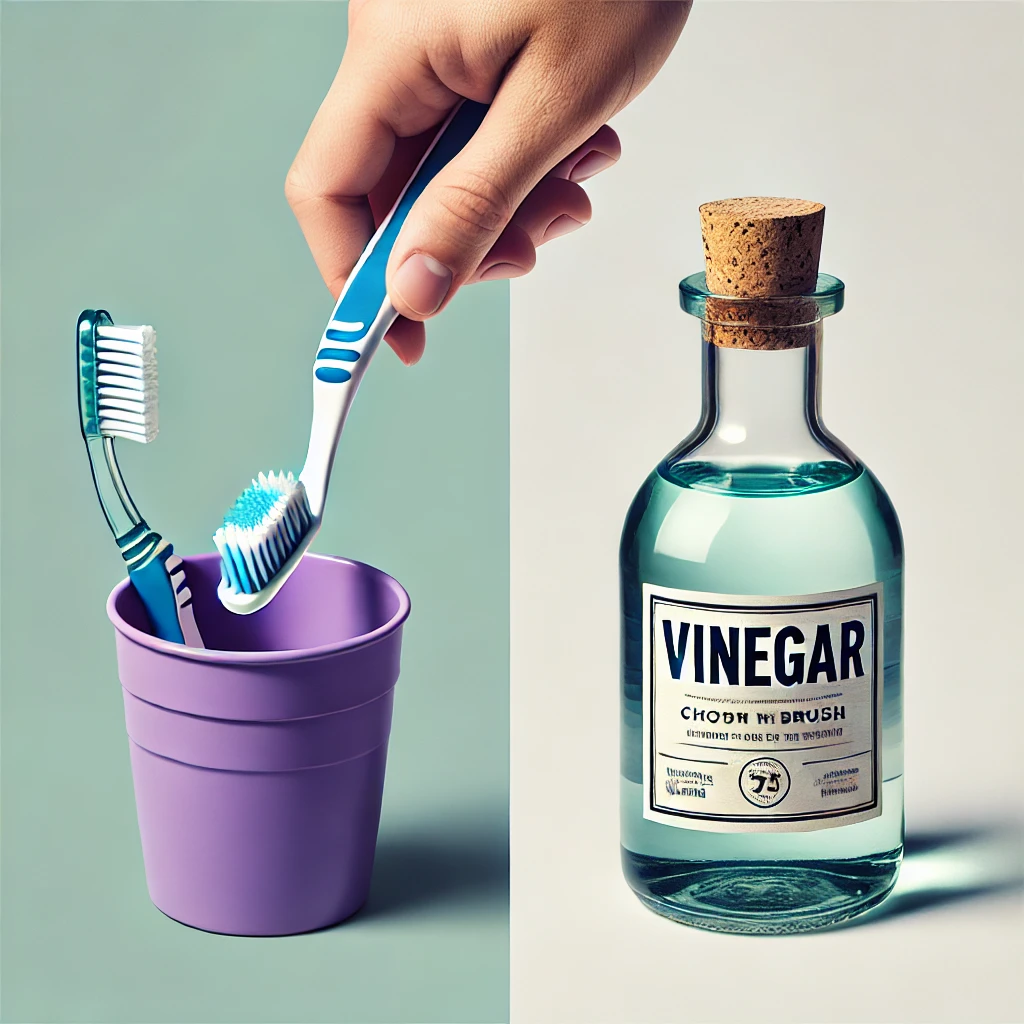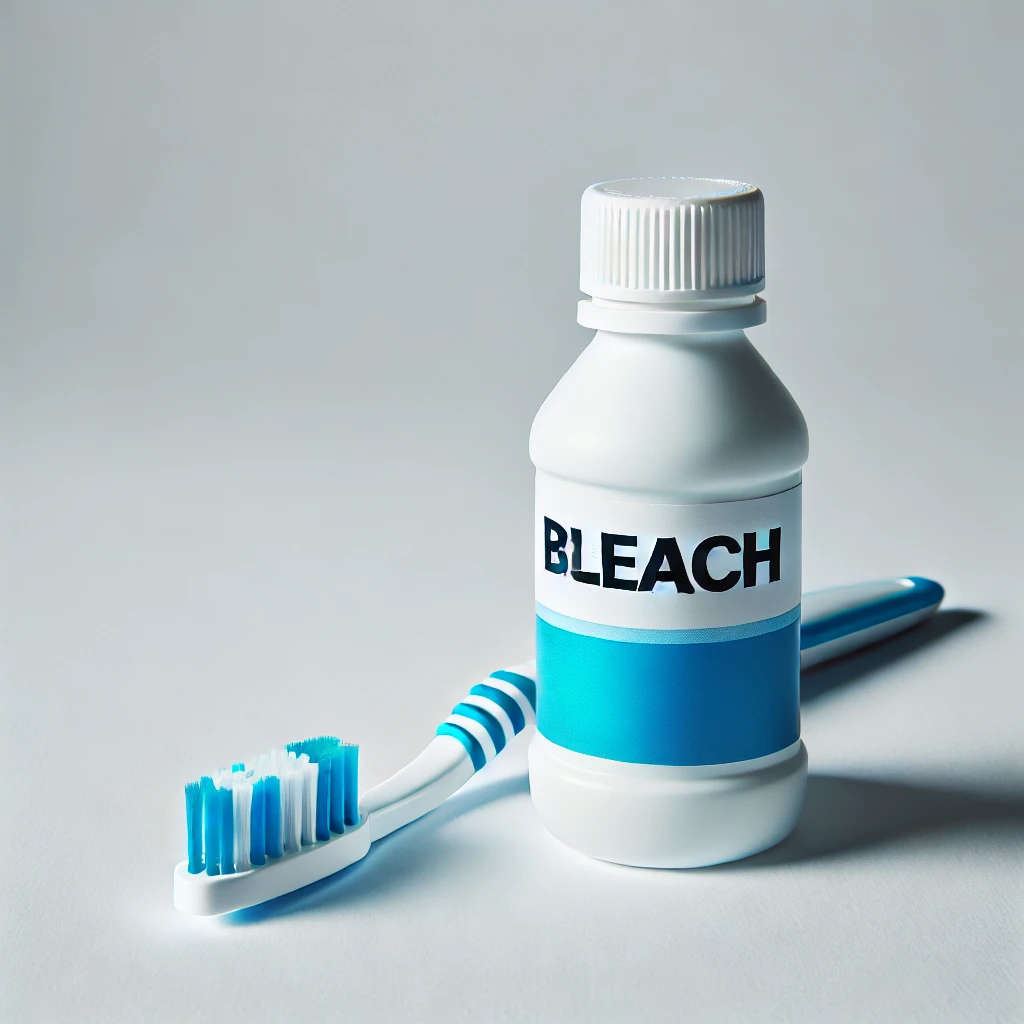Do you know how many different types of germs and bacteria can live inside your mouth? The answer may be an alarming one: it could be up to 20 billion, and even worse, it can be ten times that high if you go a full day without brushing your teeth.
Gross!
One way to avoid the build-up of dangerous bacteria and germs is to sterilize your toothbrush. Whether you’re a housekeeper, a DIYer, or you own (or want to own) a home cleaning business, our Pros have created this guide to help you keep your toothbrush clean and safe to use.
Why Should You Sterilize Your Toothbrush?
Every time you use your toothbrush, it picks up various substances from your mouth that may include:
- Toothpaste
- Food debris
- Blood
- Saliva
- Bacteria
- Germs
A lot of the bacteria in your mouth is benign and meant to be there. But if you’ve been sick or you have waited a while to brush your teeth, you might be picking up more than you intend.
The issue is that rinsing your toothbrush, even in hot water, isn’t enough to kill harmful bacteria and germs that could make you sick. Sterilization takes cleaning your toothbrush to the next level and can help you keep you safe and healthy.
Cleaning Products and Supplies to Sterilize Your Toothbrush
Here are the things you’ll need to sterilize your toothbrush and get rid of bacteria and germs.
Cleaning Products |
Other Supplies |
Bleach |
Dirty toothbrushes |
Salt |
Small bowl |
Baking soda |
Drinking glass |
Vinegar |
Measuring spoons |
Hydrogen peroxide |
|
Antibacterial wipes |
|
You may see methods that involve using a dishwasher, microwave, or UV light, but our Pros recommend against these since they may damage the toothbrush.
How to Sterilize Toothbrush After Being Sick
You might think that one of the best times to sterilize your toothbrush (and clean other areas of your home) is after being sick. In some cases, you may run the risk of getting sick again if you don’t take care to kill any lingering germs and bacteria.
The truth is that many professionals, including dentists and public health officials, recommend against keeping a toothbrush if you’ve been sick with:
- The flu
- COVID-19
- The common cold
- Any bacterial infection in your mouth
The safest method isn’t sterilization, but replacement. Of course, we still recommend cleaning your home after you’ve been ill.
Toothbrush Sterilization Step by Step
Under normal circumstances, there are several ways that you can sanitize and sterilize your toothbrush to prevent bacteria from growing on it.
How to Sterilize Your Toothbrush with Hydrogen Peroxide
Here’s your guide to the steps needed to sterilize your toothbrush using hydrogen peroxide.
Step 1: Mix one teaspoon of a 3% hydrogen peroxide solution with 1 cup of water in a small bowl.
Step 2: Make sure the head of your toothbrush is completely submerged. To clean the head of an electric toothbrush, remove it from the body and soak it using the same method.
Step 3: Soak for 5-15 minutes.
Step 4: Rinse your toothbrush in warm running water.
Step 5: Place your toothbrush head-up to allow the toothbrush to dry completely.
You should never use the same hydrogen peroxide mixture more than once. You can safely dispose of it by pouring it down the sink. If you prefer, you can use the swishing method in the same hydrogen peroxide solution. Watch the video below to see how it’s done.
How to Disinfect a Toothbrush with Vinegar
Vinegar may also be used to disinfect a toothbrush. Just follow these steps.
Step 1: Measure out ½ cup of plain white vinegar.
Step 2: Pour the vinegar into a glass or bowl, making sure the vinegar is deep enough to cover the entire head of your toothbrush.
Step 3: Leave your toothbrush to soak for 15 minutes.
Step 4: Rinse your toothbrush and allow it to air dry.
Vinegar’s astringency is enough to kill bacteria on your toothbrush, and you can repeat this process as often as you like.
When and How to Disinfect a Toothbrush with Bleach
Bleach is a powerful cleaning product, but it’s only necessary to sterilize your toothbrush with it if your brush has experienced a catastrophic contamination event such as falling into the toilet. Here are the steps to follow.
Step 1: Clean your toothbrush with soap and hot water, then rinse it.
Step 2: Mix two teaspoons of bleach with two cups of water.
Step 3: Submerge your toothbrush in the bleach solution and soak for 6 minutes.
Step 4: Rinse your brush completely and place it in an upright position to air dry completely.
What is the Best Way to Sterilize a Toothbrush?
There isn’t just one answer to the question of which sterilization method is best for cleaning your toothbrush. That said, here are some of the things to keep in mind.
- If sterilization of your toothbrush is necessary, it’s best to do it quickly and use whatever sterilization method you have at hand. In other words, if you have bleach and not hydrogen peroxide, use the bleach!
- Keep the structural integrity of your toothbrush in mind. Using high heat in a microwave or dishwasher could damage the bristles and make your toothbrush less effective at keeping your teeth clean.
- Never let your toothbrush stay wet or store it head-down in a container. Both of these things allow bacteria to thrive.
- Always remove the head of your electric toothbrush before sterilizing it.
- Keeping the handle of your toothbrush clean can do a lot to keep bacteria away. Rinse it thoroughly every time you brush.
Remember, if you’ve been sick with COVID, the flu, or a cold, the recommended action is to ditch your toothbrush and replace it with a new one.
What Are the Risks of Not Sterilizing a Toothbrush?
As you might suspect, there are some risks associated with not sterilizing your toothbrush.
If you and your family members share a toothbrush holder, an unsterilized toothbrush could spread germs and bacteria among toothbrushes.
Some pathogens, including COVID-19, can reinfect you if you don’t properly treat your toothbrush.
Keep in mind that sterilization is not a replacement for a new toothbrush. Many dentists recommend buying a new toothbrush every three months.
FAQ About Toothbrush Sterilization
Question |
Answer |
Does boiling water disinfect a toothbrush? |
Boiling your toothbrush for three minutes will kill most germs and bacteria, but it may also damage your toothbrush. |
Does rubbing alcohol disinfect a toothbrush? |
You can use rubbing alcohol as a method to remove most pathogens, but our Pros recommend anti-bacterial mouthwash, instead. |
How do you sterilize dental brushes? |
You can use a variety of methods, including soaking the head of the toothbrush in a mixture of hydrogen peroxide and water, bleach and water, or mouthwash. |
How often should I sterilize my toothbrush? |
We suggest sterilizing your toothbrush every one to two weeks. Remember to throw your toothbrush out after you’re sick. |
Conclusion
Disinfecting your toothbrush is one of the best ways we know to avoid spreading germs and bacteria among family members. Whether you choose hydrogen peroxide, vinegar, or bleach, it’s easy to keep your toothbrushes (or the ones used by your house cleaning clients) free of pathogens and ready to use.
The tips here, which have been tested and used by our Pros, offer you a choice in how to sterilize your toothbrush and prevent the spreading of germs and bacteria.



